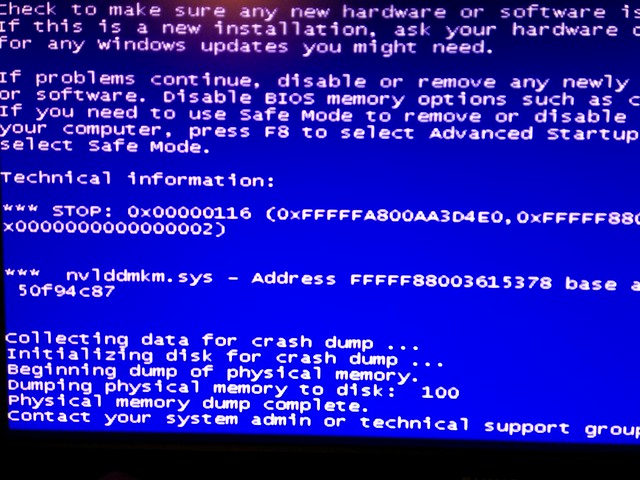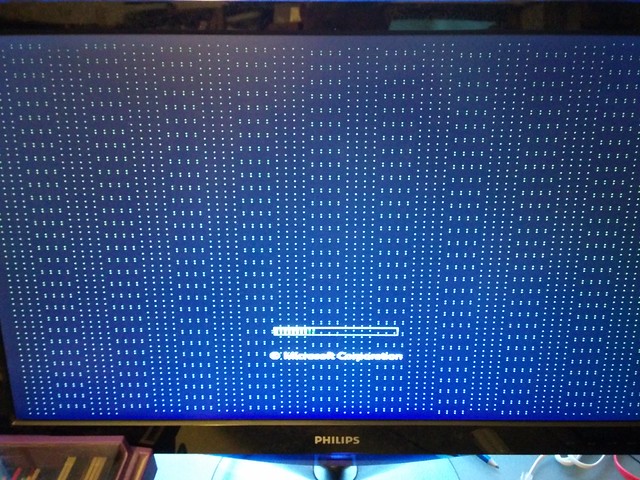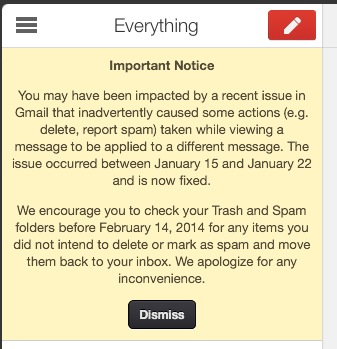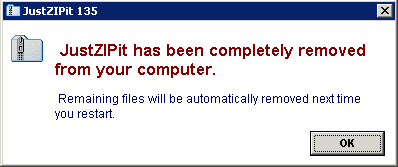I’ve got two old Mac Pros, and on one of them, the Nvidia 8800GT video card suddenly started causing weird errors in Windows.

Then it started doing the blue screen of death repeatedly, a crash in nvlddmkm.sys.

I have no idea why it started happening now — the Nvidia drivers don’t appear to have been updated for months, and Windows Update hasn’t installed anything for almost a week.
Oh well.
Boot into Safe Mode With Networking
Download the latest drivers
Install with Clean Option on
Reboot
Seems now to work, touch wood.
Update 2013-11-19 18:45 — No such luck. It seemed fine this morning, but later on started crashing like before. Investigations continue.
Update 2013-11-19 21:00 — After playing around disabling various things, and puzzling over what might have updated itself (since there was nothing recently installed or patched listed by Windows), I think I may have found the culprit: the Steam client beta (which I’m using to get the family sharing trial). Have disabled this, and Windows seems to be stable again. Will try it for a bit longer, then report findings to Steam.
Update 2013-11-20 — It couldn’t be that easy, of course. And I have dissed Steam without justification. The video card is still playing up — now so much so that:
- a lovely speckly pattern appears when booting
- Windows proclaims the video card isn’t working, and automatically puts us into Base Video (640×480) mode
- OS X won’t boot at all — the GUI presumably tries to come up, then it reboots

The card is an NVidia GeForce 8800 GT, quite a nicely specced card. I suspect it’ll need replacing, dammit.
Update 28/11/2013: As per the comments I found another spare PCIe card (an ATI Radeon 3870) which works… in Windows. Not in OS X. Even the broken card partially works in Windows, but not at all in OS X.
A workmate pointed me to the Tony Mac x86 web site, where I found a good list of graphics cards compatible with OS X.
Thankfully however this specific machine is mostly used for Windows-only, so there’s no tearing rush. In fact Windows performance index thingy rates the ATI card slightly higher than the nVidia one.
One option is to buy the official Apple-supported Mac Pro video upgrade kit, an ATI Radeon HD5770, which is A$299. Despite the Apple site claiming it requires a post-2010 Mac Pro, plenty of sources indicate it’s fine with a 2008.
Update 2014-04-08: New video card bought and successfully installed






